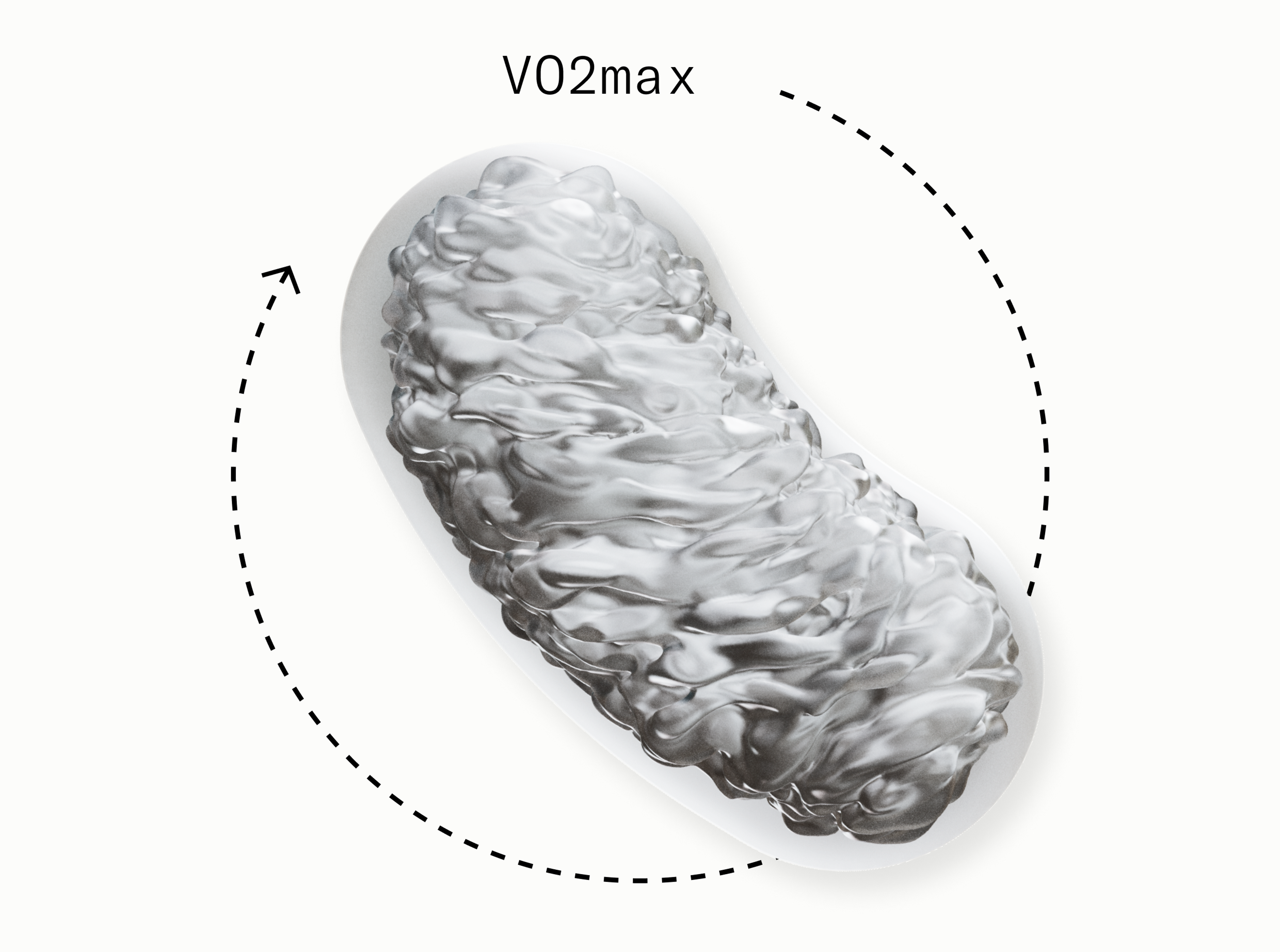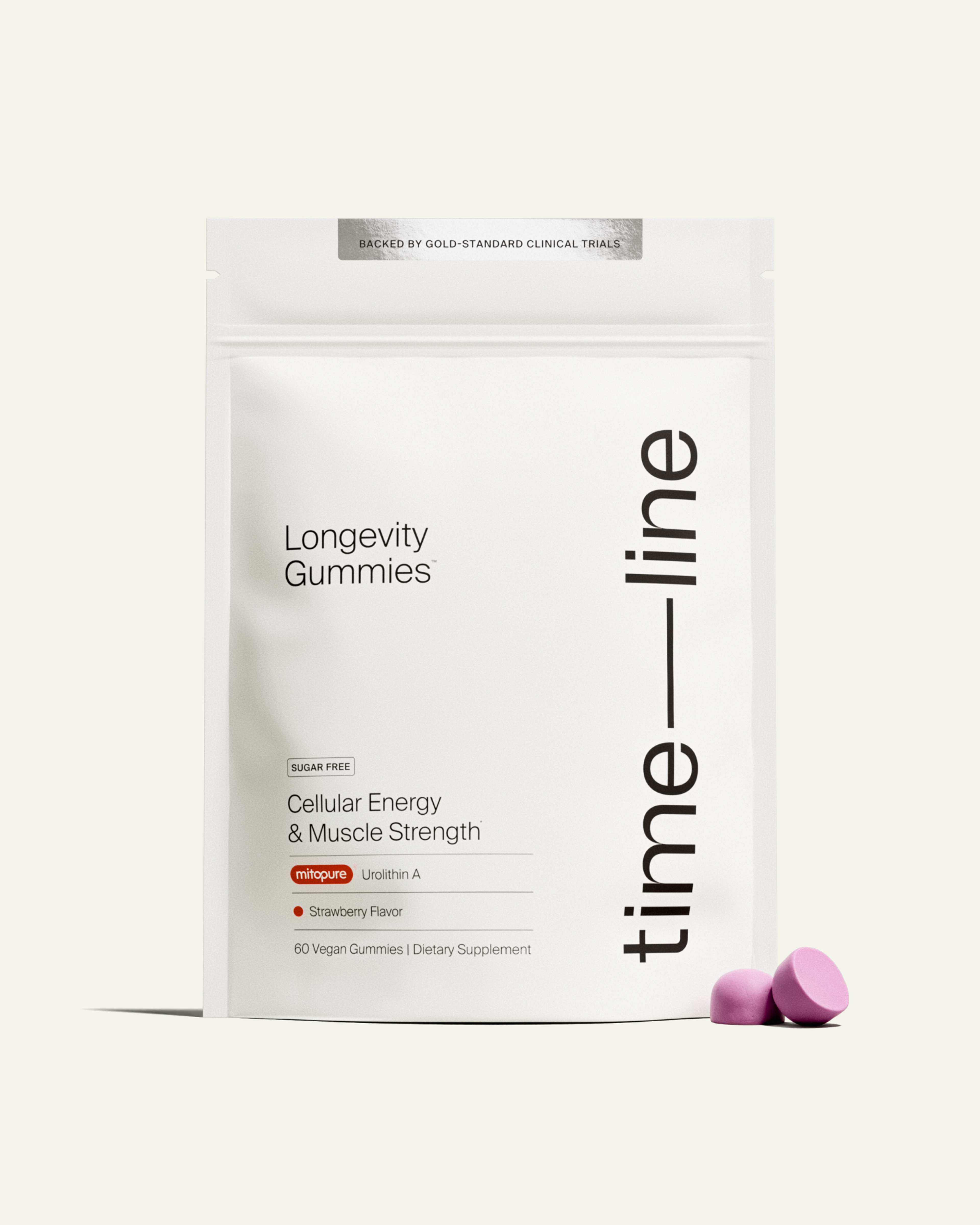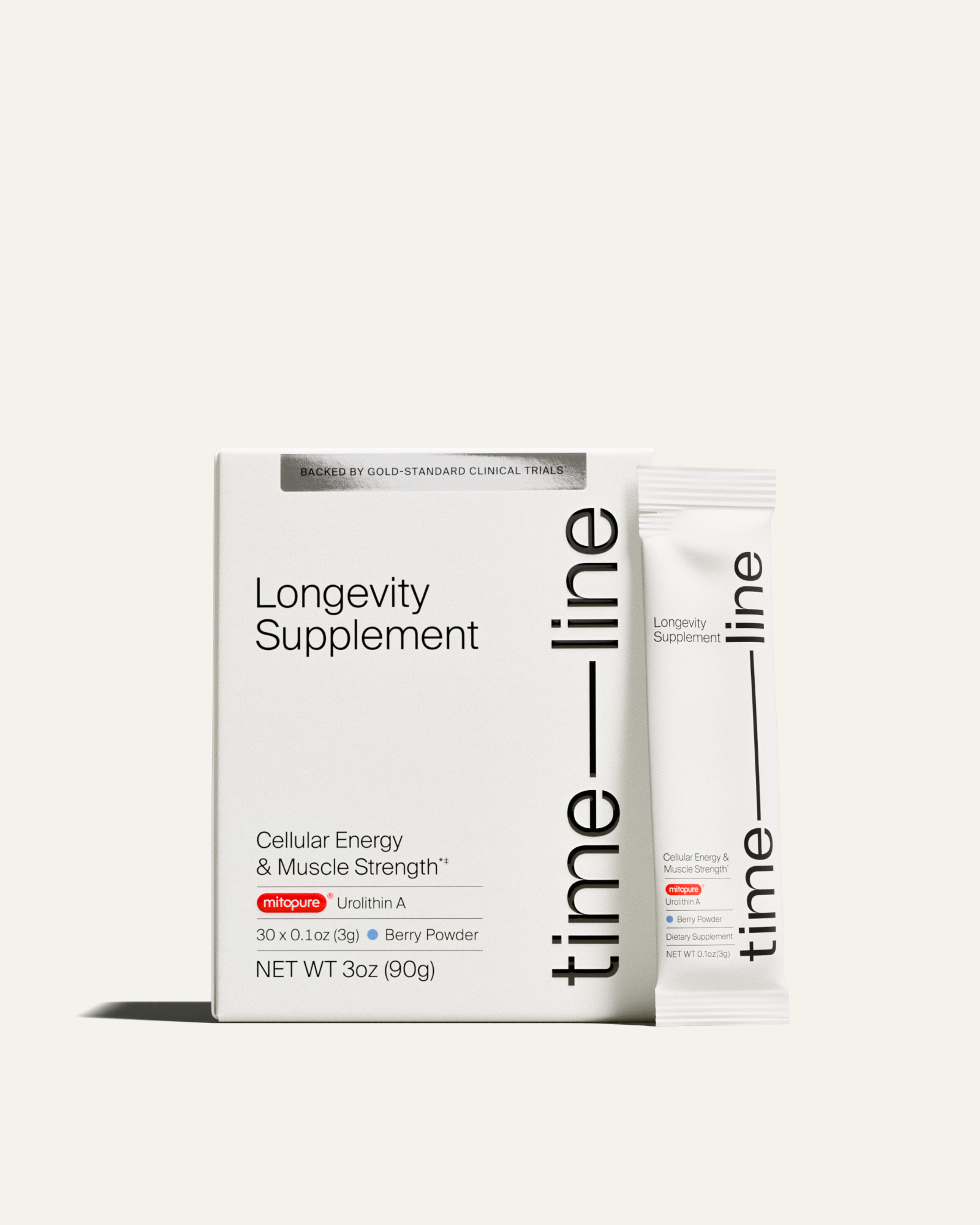Endurance Training - Key Factors to Upping Your Stamina
Looking to increase your cardiovascular endurance? Learn how to use endurance training to take your physical fitness to new heights.

Do you work out regularly but find yourself fatiguing easily or hitting a plateau in your performance? If so, your exercise regimen may be missing a key component - endurance training.
Endurance training involves training your body to withstand aerobic activity for an extended period of time. This boosts your cardiovascular endurance and muscle-building capacity, helping you maintain longer bouts of exercise without fatiguing.
Let’s dive into the benefits of endurance training and the essential steps to take your physical stamina to the next level.
What is Endurance Training?
Endurance training is a type of physical training designed to increase stamina and improve physical performance. It is considered one of four types of exercise categories in addition to strength, balance, and flexibility exercises.
It may involve a combination of exercises that challenge your body in different ways, such as cardio, body weight, and weight lifting workouts.
The primary goal of endurance training is to up the body’s ability to sustain prolonged periods of physical activity. Most of the time, this involves aerobic activity but can include anaerobic activity as well.
Endurance exercise can help give you the added boost you need to plow through tough workouts with more ease
The difference between aerobic and anaerobic activities refers to the physiologic way in which you create ATP, the body’s energy source.
Aerobic means “with oxygen” and refers to activity that increases your heart rate and the body’s use of oxygen.
Anaerobic means “without oxygen” and refers to activity that does not increase your heart rate to a point where the body needs to utilize as much oxygen to produce ATP. Endurance training is primarily aerobic, while strength training is primarily anaerobic.
Endurance exercise can help give you the added boost you need to plow through tough workouts with more ease. This can help you achieve greater benefits from your hard work.

Benefits of Endurance Training
There are a number of health benefits you’ll experience from incorporating endurance training into your routine[1]:
- Improved cardiovascular health - Endurance exercises strengthen the heart, which can lower your resting heart rate and improve circulation.
- Better respiratory health - Cardiovascular training increases your lung capacity and makes your respiratory system more efficient. This can make breathing during everyday activities easier so you are less short of breath.
- Weight management - This kind of exercise helps you burn more calories, both during your workout and at rest, which can support weight management.
- Improved muscle health - Endurance exercises help build muscle stamina, strength, and tone, allowing you to resist fatigue for longer periods.
- Increased bone density - Exercise training places a mechanical load on your bones, which can increase bone density, making them physically stronger and less prone to injury.
- Improved mental health - Like all forms of exercise, endurance training allows you to get in the mental zone, generates endorphins, and boosts your mental health[2].
- More quality sleep - Helps you to fall asleep faster and achieve deeper sleep. This allows you to feel more well-rested to conquer your days.[3]
- Brain health support - Endurance exercises can improve cognitive function and your ability to focus and concentrate. If you struggle with staying on task, endurance training can help you be more productive in less time![4]
Remember that if you’re new to working out or endurance training, it’s important to start gradually and speak to your doctor before starting a new regimen.
Types of endurance training
There are many types of endurance exercises you can do, depending on your preference. While most of these are typically categorized as cardio (aerobic) exercises, a few lean more towards strength-based exercises (anaerobic).
Aerobic endurance exercises
During aerobic exercise, your body needs oxygen to produce energy. We often refer to this type of exercise as cardio, and the goal is to increase your muscle endurance and stamina (and your overall health).
Because aerobic activities require oxygen, they are performed at a lower intensity and for a longer duration than done with anaerobic activities.
Types of aerobic endurance (cardio) exercises:
- Walking
- Running
- Elliptical
- Cycling
- Stair climber
- Dancing
- Rowing
- Aerobics classes
- Swimming
- High-intensity interval training (HIIT)
Anaerobic endurance (strength-based) exercises
These involve shorter, more intense bursts of activity, and the energy created for anaerobic activity does not require oxygen (hence, anaerobic). While they are shorter in duration, anaerobic exercises can definitely improve your cardiovascular endurance and muscle strength as well.
Types of anaerobic endurance (strength) exercises:
- Circuit training
- Weight lifting
- HIIT exercises
HIIT exercises are a great option as it can be considered aerobic and anaerobic due to the fact that it involves a combination of fast-paced cardio and weights.
When it comes to cardio endurance vs. resistance training exercises, it’s best to incorporate a combo of both into your workout routine for cardiovascular endurance.
Factors that increase endurance
The physiology of endurance training involves increasing the efficiency and stamina of your cardiovascular system, respiratory system, and muscles.
There are some key terms to become familiar with that can support endurance throughout life - your mitochondrial health and VO2Max.
Mitochondrial Health
The mitochondria help fuel your muscle cells by creating an energy molecule called ATP, which helps your muscles contract and work harder. This is why the mitochondria are known as the energy center, or powerhouse, of the cell. One way endurance training boosts your stamina is by increasing your mitochondrial number (i.e., mitochondrial density).[5]
When this occurs, it becomes a powerful cycle of increased endurance, workout efficiency, and energy for your muscles to plow through your workouts.
Unfortunately, as we age, our mitochondria gradually decline in function, which can depress our energy levels during workouts. Fortunately, Mitopure® works at the cellular level to support healthy mitochondria levels.

Mitopure Softgels
4.5 · 3758 reviews
The simplest form of Mitopure
VO2Max
Your VO2max is a measure of the maximum amount of oxygen your body absorbs and uses during exercise. Basically, it’s an overall assessment of your level of cardiovascular fitness.
The “V” stands for volume, the “O2” is for oxygen, and the “max” is for maximum. The higher your VO2max, the longer you can endure the workout and the more efficient your workouts will be.
Just like your mitochondria, your VO2max tends to decline with age. But you can increase it over time through endurance exercises.
How is VO2max measured?
Your VO2max is measured in milliliters of oxygen consumed per kilogram of body weight per minute of exercise (mL/kg/minute).[6] This can be measured directly in an exercise laboratory, which is usually done for research purposes or testing elite athletes. But for most of us who don’t have access to a lab, it can be estimated using calculations that include your sex, age, and body weight. Most fitness trackers nowadays can calculate an estimate for you during exercise. The ranges vary for men and women.[7]
VO2max range for men: 35-85 mL/kg/minute. The lower end is more common for a sedentary man, and an elite athlete person would be on the higher end.
VO2max range for women: 27-77 mL/kg/minute. Just like for the men, a higher number indicates a higher level of fitness.
Increasing your VO2max over time with endurance training and HIIT training will help you continue maximizing your fitness potential.
VO2max and heart rate zones
Knowing your VO2max can help you determine what your heart rate should be during a workout. There are 5 heart rate zones to choose from depending on your goals, each correlating with a different level of intensity. They are based on your calculated maximum heart rate (HRmax).
- Zone 1 (50-60% of HRmax): This is a very light-intensity zone. This zone should not make you breathe hard, and you should be able to maintain a conversation easily while in it. Exercising in this zone helps improve overall health and aids in recovery.
- Zone 2 (60-70% of HRmax): Light-intensity zone. This is where you might start breathing a bit harder, but you can still converse. Training in this zone can help improve basic endurance and fat burning.
- Zone 3 (70-80% of HRmax): Moderate-intensity zone. By now, you are definitely breathing heavily and cannot hold a conversation. This zone improves aerobic fitness.
- Zone 4 (80-90% of HRmax): High-intensity zone. Again, no conversation in this zone - you are in it! Training in this zone helps improve maximum performance capacity.
- Zone 5 (90-100% of HRmax): Very high-intensity zone. This is your “all-out” feeling. Activities in this zone will feel very difficult, and this level of intensity can only be maintained for short periods.
To calculate your HRmax, simply subtract your age from 220. Then you can identify your heart rate target to meet your specific performance goals.

Tips to improve your cardiovascular endurance
Both diet and exercise can be used to improve your cardiovascular endurance.
- Interval training - Similar to HIIT training, intervals involve alternating between intense bouts of exercise and periods of lower intensity or recovery. This type of training conditions your body to better handle lactate production and increases your cardiovascular endurance over time.
- Proper nutrition for training - Eating a balanced diet with plenty of complex carbs like whole grains, starchy vegetables, and fruits helps fuel your training and recovery efforts.
- Hydration - Staying properly hydrated helps to maintain adequate blood volume and lower the risk of dehydration.
- Rest and recovery - Overdoing it can hinder your performance and delay improvements in your cardiovascular endurance. Make sure to take at least 1-2 rest days per week, and allow yourself to slow down and recover during workouts when you need it.
Final Words
With a combination of cardiovascular endurance and resistance training exercises, proper nutrition, hydration, rest, and recovery, you can overcome fatigue and achieve your fitness goals.
And if you need more assistance in maintaining your energy, Mitopure supports muscular strength and endurance at the cellular level* - in the mitochondria of the cell.
Always consult with your medical team before starting a new exercise program.
Authors

Author
Dietitian-Nutritionist, and Health Content Writer

Reviewed by
PhD, RD CSSD
References
- ↑
Mrówczyński W. Health Benefits of Endurance Training: Implications of the Brain-Derived Neurotrophic Factor-A Systematic Review. Neural Plast. 2019 Jun 24;2019:5413067. doi: 10.1155/2019/5413067. PMID: 31341469; PMCID: PMC6613032.
- ↑
Khorvash M, Askari A, Rafiemanzelat F, Botshekan M, Khorvash F. An investigation on the effect of strength and endurance training on depression, anxiety, and C-reactive protein's inflammatory biomarker changes. J Res Med Sci. 2012 Nov;17(11):1072-6. PMID: 23833584; PMCID: PMC3702091
Staiano W, Marcora S, Romagnoli M, Kirk U, Ring C. Brain Endurance Training improves endurance and cognitive performance in road cyclists. J Sci Med Sport. 2023 Jul;26(7):375-385. doi: 10.1016/j.jsams.2023.05.008. Epub 2023 May 21. PMID: 37301613
- ↑
Memme JM, Erlich AT, Phukan G, Hood DA. Exercise and mitochondrial health. J Physiol. 2021 Feb;599(3):803-817. doi: 10.1113/JP278853. Epub 2019 Dec 9. PMID: 31674658.
- ↑
Ludyga, S., Gerber, M., Pühse, U. et al. Systematic review and meta-analysis investigating moderators of long-term effects of exercise on cognition in healthy individuals. Nat Hum Behav 4, 603–612 (2020). https://doi.org/10.1038/s41562-020-0851-8
- ↑
Tonkonogi M, Walsh B, Svensson M, Sahlin K. Mitochondrial function and antioxidative defence in human muscle: effects of endurance training and oxidative stress. J Physiol. 2000 Oct 15;528 Pt 2(Pt 2):379-88. doi: 10.1111/j.1469-7793.2000.00379.x. PMID: 11034627; PMCID: PMC2270128.
- ↑
Bacon AP, Carter RE, Ogle EA, Joyner MJ. VO2max trainability and high intensity interval training in humans: a meta-analysis. PLoS One. 2013 Sep 16;8(9):e73182. doi: 10.1371/journal.pone.0073182. PMID: 24066036; PMCID: PMC3774727.
- ↑
Kaminsky LA, Arena R, Myers J. Reference Standards for Cardiorespiratory Fitness Measured With Cardiopulmonary Exercise Testing: Data From the Fitness Registry and the Importance of Exercise National Database. Mayo Clin Proc. 2015 Nov;90(11):1515-23. doi: 10.1016/j.mayocp.2015.07.026. Epub 2015 Oct 5. PMID: 26455884; PMCID: PMC4919021.
- ↑
Bacon AP, Carter RE, Ogle EA, Joyner MJ. VO2max trainability and high intensity interval training in humans: a meta-analysis. PLoS One. 2013 Sep 16;8(9):e73182. doi: 10.1371/journal.pone.0073182. PMID: 24066036; PMCID: PMC3774727.
- ↑
Kaminsky LA, Arena R, Myers J. Reference Standards for Cardiorespiratory Fitness Measured With Cardiopulmonary Exercise Testing: Data From the Fitness Registry and the Importance of Exercise National Database. Mayo Clin Proc. 2015 Nov;90(11):1515-23. doi: 10.1016/j.mayocp.2015.07.026. Epub 2015 Oct 5. PMID: 26455884; PMCID: PMC4919021.

·
Nutrition·
Studies·








